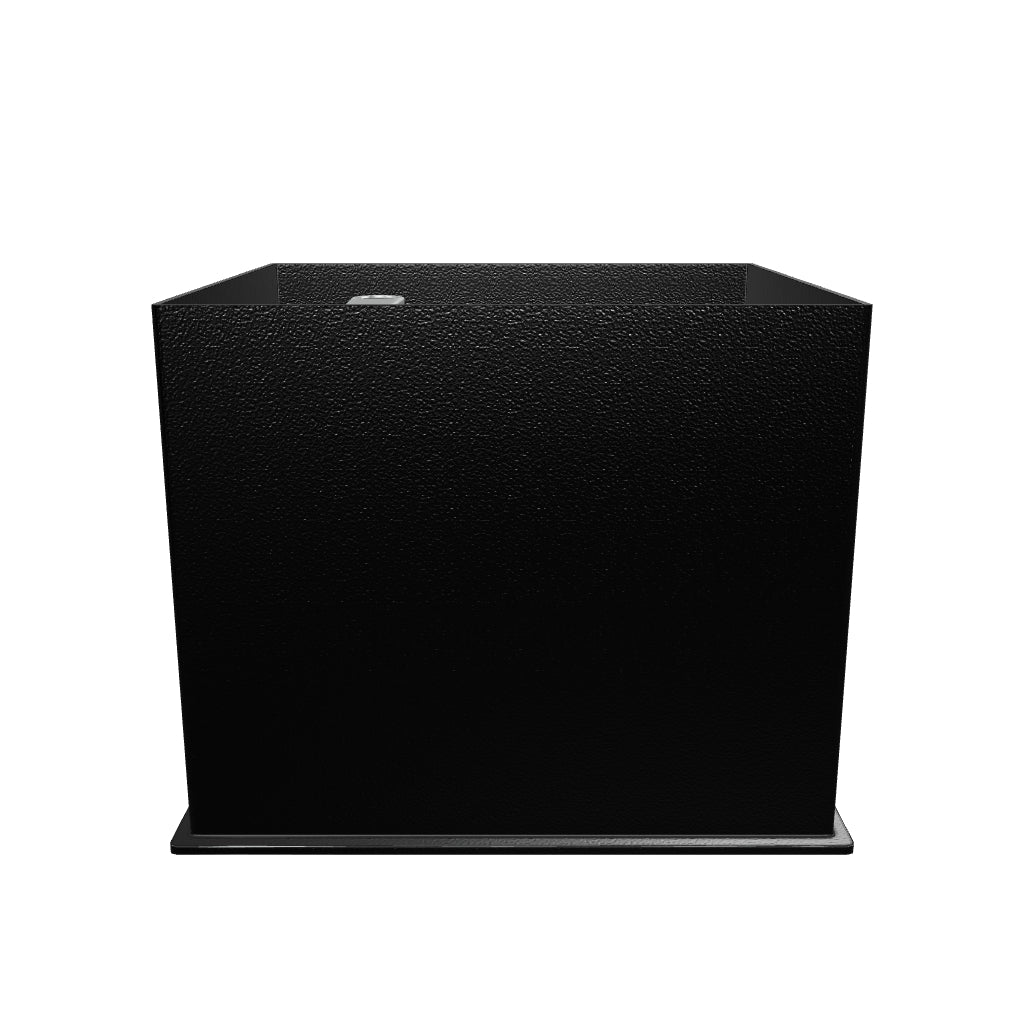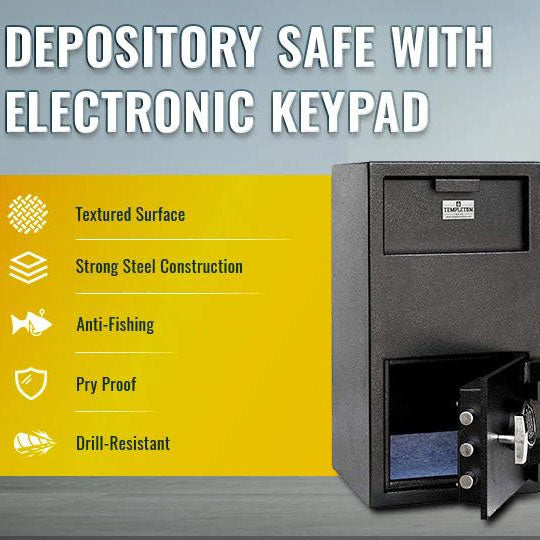4 First-Floor Apartment Safety Tips & Guidelines
Apartment living is often more cost-effective than homeownership, but it comes with its own challenges. The good news? You can make your apartment safer and feel more at home. Here are first floor apartment safety tips on how to protect yourself from common dangers in apartment living:
Ensure That Your Outside Lighting Is Functional
This includes the front porch light and any other exterior fixtures, such as stairwell lights or landscape illumination. It's important to check them regularly for any issues that might cause them to stop working properly. If there are any problems with the lights, fix them immediately or replace them if necessary. All of this will help ensure that you have enough light when walking around your home at night or in a dark room without turning on additional lighting sources like ceiling fans or lamps inside your home (which can attract insects).
Make Sure Doors And Windows Are Securely Locked
The most important thing to remember is that you should always lock your doors and windows. Always! Even when you're home, keep them locked. If you leave the apartment for any reason, lock all of the doors behind you and make sure that no one else can get in. You don't want someone walking into your apartment while it's empty and stealing everything in sight.
If you don't feel like a DIY project, consider installing a door alarm on each door leading into your apartment building or house. Door alarms are inexpensive and easy to install—they come with multiple sensors, so they'll detect motion outside as well as inside. When someone approaches one of these sensors, it'll trigger an alarm inside the room where it's installed, so anyone who hears it will know there's an intruder nearby! Now that's security at its best!
Use A Safe Or Hidden Area For Valuables
The first place to put all your valuables is in a storage safe, whether it's a vaulted wall safe or an electronic model. Or, if you have a drawer that isn't used too often, you can hide your valuables there and access them when needed.
If you're unsure about whether a particular area would be safe or not, ask yourself: "Would the person who broke into my home know where my valuables are?" If they do, then they aren't really hidden at all. If someone were to break into your house and search for something valuable—say, jewelry—they would look in places like dresser drawers (jewelry box), nightstands (jewelry box), closets (jewelry boxes), etc., but never behind the refrigerator or under the bed unless they knew beforehand that people keep things there. That’s why it’s always safest to secure your valuables inside a reliable locked residential or commercial safe.
Install Motion-Sensitive Lighting
Motion-sensitive lighting is another great way to keep your apartment safe. Motion sensors can be installed on the ceiling or the wall and can be either wired or wireless. They can also be used in conjunction with a security system that detects intruders when they enter unauthorized areas of your apartment.
There's nothing more reassuring than knowing you have a safety net for protection if something goes wrong in your home—and this is especially true when it comes to protecting yourself and loved ones from harm. Installing motion-sensing lights and other security measures will help ensure that you'll never get caught off guard.
Conclusion
To conclude, we're sure you won't be surprised to hear that the best way to keep your first-floor apartment safe is by making it as secure as possible. That means investing in good locks, trimming back overhanging plants and hedges, and taking other precautions like installing motion sensor lights around the house. We hope this article has helped you get started on these safety measures!






























